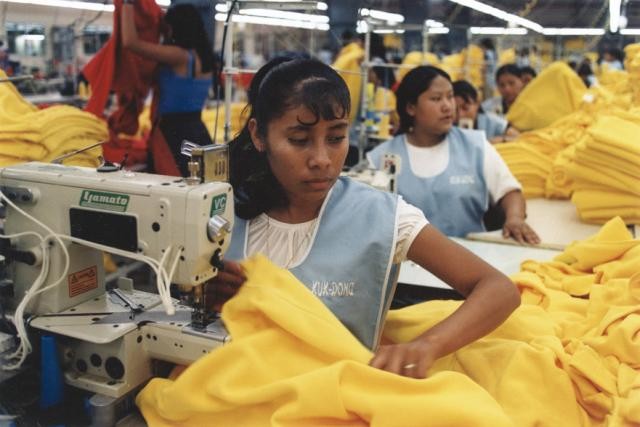I own five pairs of almost identical black trousers and several black and white striped shirts. Not because I wear the same thing every day in some sort of an Addams Family fashion statement, but because fast-fashion brands keep selling me their variations at very affordable prices. Just like me, most people in the developed world own much more clothes than they need. According to the United Nations Economic Commission for Europe (UNECE), an average consumer now buys 60 percent more items of clothing compared to 2000, but keeps each garment half as long Almost 60 percent of clothes are thrown out within the first year of their production. On top of all this, on average, 40 percent of clothes in our wardrobes are never or rarely worn.

If only fast fashion just turned us into consumption monsters with a penchant for Pugsley Addams inspired outfits, but the industry is also destroying the planet and exploiting human labour. As the purchase price for fast fashion drops, it’s cost on the environment and human lives rises.
The same research by UNECE shows that the fashion industry is the second-highest user of water worldwide and produces 20 percent of global water waste. That one cotton shirt we pay five euros for requires 2700 litres of water to produce. That’s the amount an average person drinks in 2.5 years. Fast fashion isn’t only depleting the world’s water sources but is also poisoning them. According to the Institute of Sustainable Communication, the clothing industry is the world’s second-largest clean water polluter.
The industry also emits 10 percent of the global carbon emissions, which is more than international flights and maritime shipping and produces 21 billion tons of waste each year.
World Resources Institute expects that by 2050, the resource consumption of the industry will be triple the amount of what it was in 2000.

As exhausting valuable resources, poisoning our waters and generally destroying the planet isn’t enough, the garment industry is also notorious for its awful working conditions. Textile workers, the majority of which are women, are extremely underpaid only two percent of companies source their workers from suppliers that pay a living wage. They work in dehumanising and unsafe environments — sweatshops. Child labour is also still very much prevalent in garment production.
The current way we consume textiles assumes infinite resources in a finite world and disregards the pain our consumption habits cause to our fellow humans. As we keep mindlessly shopping, we — consumers — will stay a big part of the problem; it's (way past) time to change our consumption habits.




